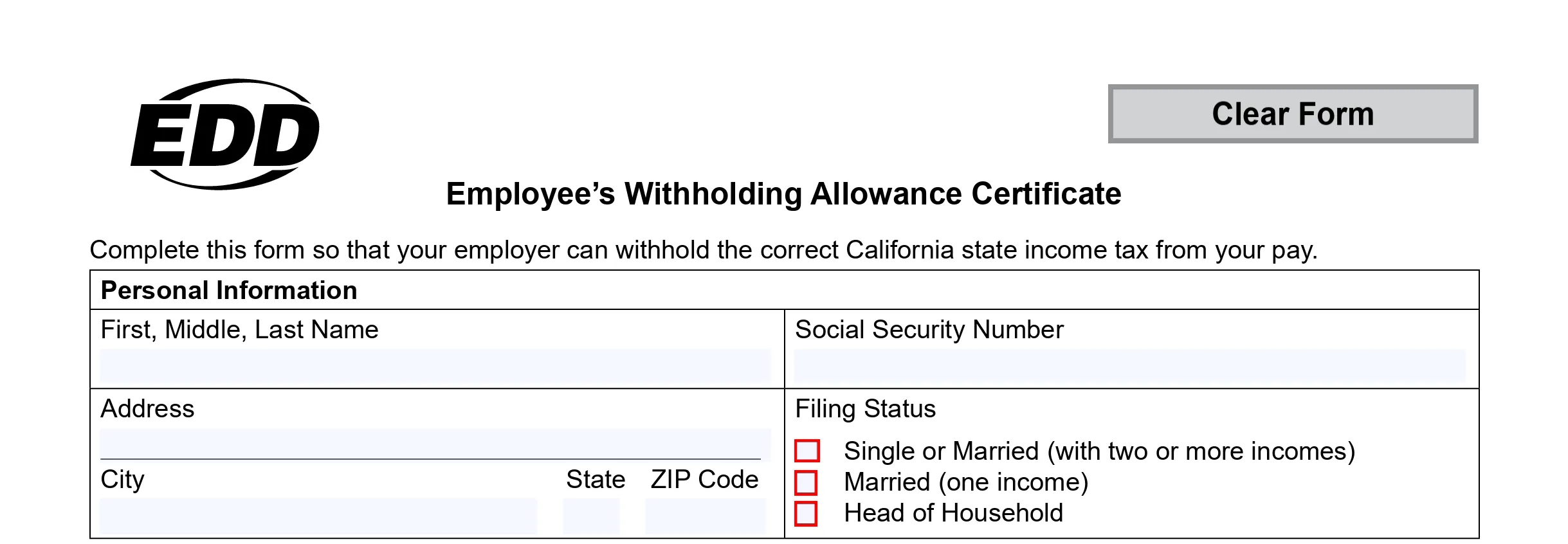6 essential steps to get your Books ready for Year-End

Is it always a challenge to get your books ready in time for tax season? Today we want to share with you 6 essential steps to follow in order to do so without feeling overwhelmed
Accept/Record all transactions and Reconcile all Bank Accounts
This is the first step to be able to reconcile bank accounts and credit cards.
- Accept and record transactions in the bank feed and manually add those that occurred outside your business bank account
- Add all current bills and invoices, even if they still need to be paid. You should use a tool like Google Drive, Dropbox, or Veryfi to keep all your receipts electronically organize and make your business audit-proof!
Collect all W9 forms from your vendors
If you pay a vendor $600 or more for services during a year, you may need to issue Form 1099-NEC or 1099-MISC next year. Best practices state when hiring a contractor, freelancer, or vendor, it is always best to have them fill out a W-9 before beginning any work or issuing their first payment, otherwise you might need to withhold taxes from their payments.
Review your Account Receivables and Open Invoices
Checking your open invoices regularly can make this job much easier at the end of the year, however, we know that it can be difficult sometimes, so we share with you the following 4 tips:
- Run an Account Receivables aging report in December.
- Review the list of outstanding invoices and note whether the invoices are marked paid or not or which one is not going to be able to be collected.
- If you think that any of them can be paid, don't be afraid to call clients, and let them know their status.
- For invoices that can’t be collected, make sure to write them off.
Review Payroll
- Verify all employee information before issuing Form W-2.
- Make sure all paychecks from the year have been recorded.
- Make sure to include all payments for commissions and bonus pay.
- Note that a missing or incorrect name or Social Security number can lead to penalties
Review Liabilities and Equity
If your business has a loan, make sure it is recorded in your books and the balance matches the loan statement. Remember, interest on the loan is recorded in your P&L.
If you are an S Corp and you have more than 1 shareholder make sure distributions follow % ownership. If not, you need to do a review and set the record straight for contributions and distributions. Make sure no personal expenses were added to your books, and if so, those need to be classified as distributions to the owner.
Re-check your Financial Statements
Once your bookkeeping is complete until the last day of the year, it's a good idea to download and review your Balance Sheet and P&L and make sure everything appears correct. Take your time and go through it by each transaction.
Remember to check the following items:
- Negative account balances
- Balances too high or too low
- Substantial differences in last year's account balances without any apparent reason.
We hope you find this information useful. Our main goal is to advise and guide you in the right direction that works best for you and your business #ContactUs at [email protected]



